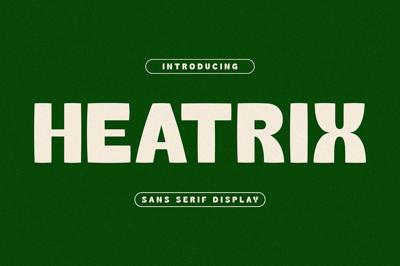5 Critical Factors to Consider When Choosing a Font
5 Critical Factors to Consider When Choosing a Font
Fonts are more than just aesthetic choices — they shape how your message is perceived. The right font builds trust, enhances readability, and reflects your brand’s personality. The wrong one? Well... it can say all the wrong things.
Here are 5 essential things every designer or brand manager should consider before picking a font.
Your Brand Voice & Personality
Your font should speak your brand’s language — literally.
-
Is your brand modern or classic? Sans-serifs like Montserrat or Inter feel contemporary. Serifs like Playfair Display or Georgia feel traditional or elegant.
-
Is it playful or serious? A handwritten font might work for a kids' brand, but not for a law firm.
-
Is it luxury or budget? Clean, minimalist fonts often feel premium. Rounded fonts feel friendlier and more accessible.
Think of fonts as tone-of-voice — is it whispering, shouting, or storytelling?
Know Your Audience
Different demographics respond differently to typography:
-
Younger users tend to prefer modern, bold, quirky fonts.
-
Older audiences need legibility and clarity — larger x-heights and more spacing.
-
Corporate clients expect clean and professional fonts.
-
Creative communities may be more open to expressive or experimental typography.
Match your font to the audience’s expectations, not just your aesthetic preference.
Legibility Across All Devices
No matter how cool a font looks, if it’s hard to read — it fails.
-
Test your font at small sizes.
-
Check contrast and line height.
-
Avoid ultra-thin or decorative fonts for body text.
-
Make sure the font renders well on all screen types — from mobile to 4K displays.
Pro tip: Always preview your fonts in real-use scenarios — not just in mockups.
Web & Licensing Compatibility
Not all fonts are meant to be used everywhere.
-
Make sure the font is web-safe or available as a webfont.
-
Check licensing: Can you use it commercially? Is self-hosting allowed?
-
Use variable fonts if you want flexibility in weight and style without loading multiple files.
Rule of thumb: If you don’t understand the license, don’t use the font.
Consistency with the Rest of Your Design System
Your font must blend with — not fight against — the rest of your visual language.
-
Does it complement your color palette and layout style?
-
How does it pair with your logo or iconography?
-
Does it align with your UI/UX tone?
Consider using a font pairing strategy: one for headings, one for body copy. Don’t mix too many fonts — 2 is usually enough.
Great typography creates flow, not friction.
Final Takeaway
Choosing a font isn’t just a creative decision — it’s a strategic one. The right font enhances trust, shapes perception, and delivers your message with clarity.
Because in design, how you say something often matters more than what you say.


